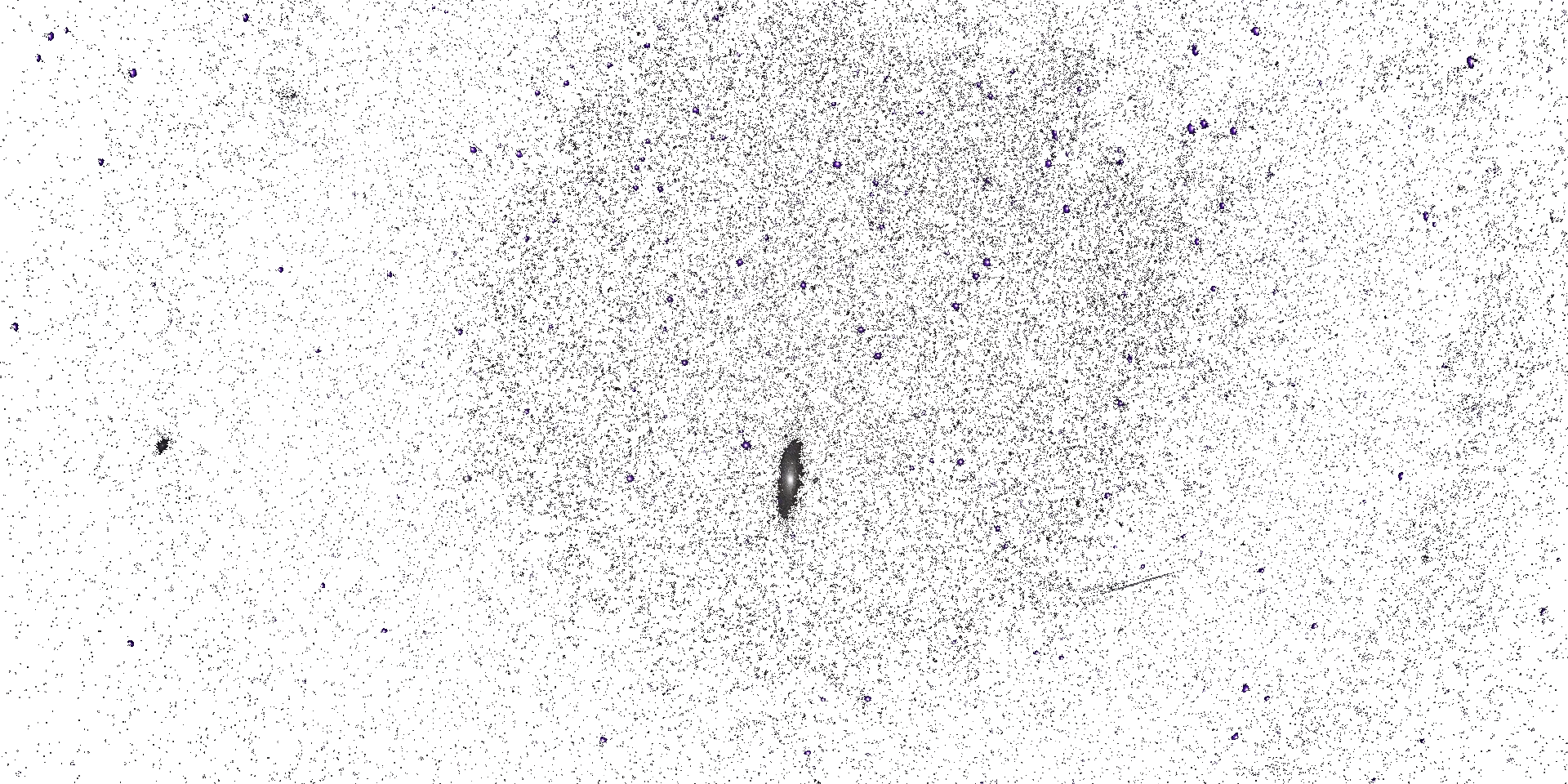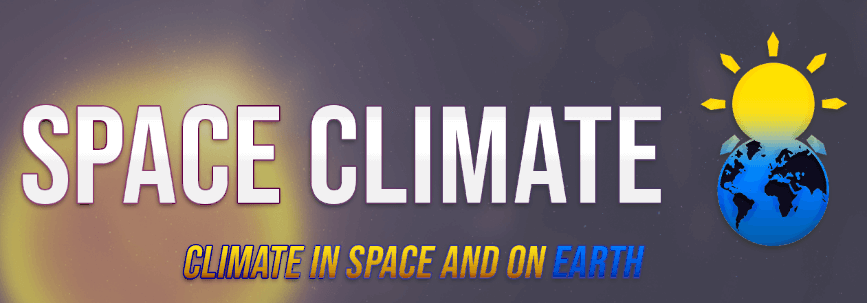




Space Climate 8 Meeting Abstract
Large-scale traveling ionospheric disturbances over eastern Europe
Dalia Burešová (Institute of Atmospheric Physics of the Czech Academy of Science)
Sergii V. Panasenko 1 , Kateryna D. Aksonova 1,2 , Oleksandr V. Bogomaz 1,3 , Taras G. Zhivolup 1 , Alexander V. Koloskov 3,4
1 Institute of Ionosphere, Kharkiv, Ukraine
2 Institute of Atmospheric Physics of the Czech Academy of Science, Prague, Czech Republic
3 State Institution National Antarctic Scientific Center, Kyiv, Ukraine
4 Institute of Radio Astronomy, Kharkiv, Ukraine
The paper presents results of the analysis of the TID activity and changes in the regular ionospheric variability observed over central and eastern Europe during CME and CIR/HSSS-related storms. We analyzed main ionospheric parameters retrieved from manually scaled ionograms obtained at several central and eastern European locations and incoherent scatter radar data (Kharkiv, Ukraina). LSTIDs are thought to be mostly originated in the auroral zone in consequence of increased geomagnetic activity. Although there have been numerous studies of TIDs, current knowledge is often based on observing only limited set of parameters and two-dimensional characteristics (for example, total electron content by GNSS receivers or airglow brightness by all-sky imagers). Incoherent scatter technique enables simultaneous studies of altitudinal characteristics of TIDs in several parameters like electron density, electron and ion temperature and plasma drift, thus providing important information needed to investigate TIDs, their propagation and consider probable association of TIDs with their sources. This technique also yields all components of wave vector, provided that the radar has the ability to operate in multi-beam mode. In order to obtain quantitative information on the likeliness and morphology of the passage of LSTIDs over Europe at about 40 events were examined lasting between 8 and 24 hours each. In this paper we focused only on a couple of geomagnetic disturbances (depending on the incoherent scatter radar data availability). Most of the observed storm-related TIDs had periods of 60-180 min (LSTIDs). During the analyzed storms we also observed extraordinary spreads and plasma bubbles at the F region heights.
Mode of presentation: oral (Need to be confirmed by the SOC)
